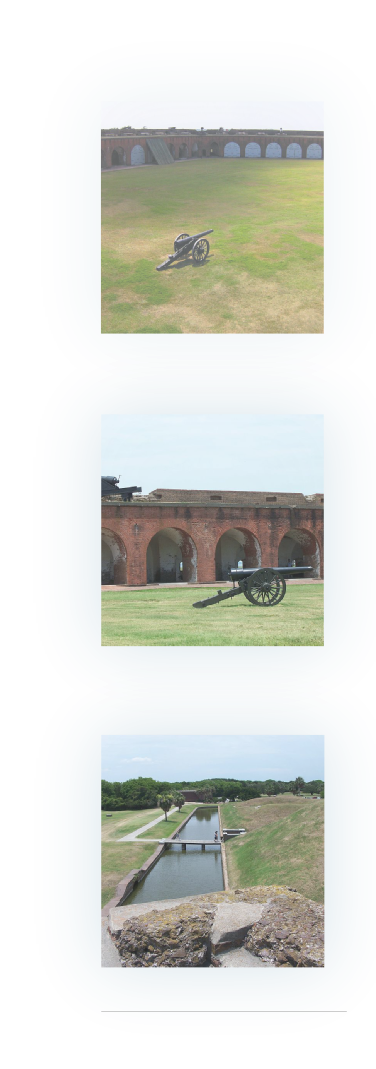
Legacy Leadership, LLC, 2015 All Rights Reserved
Legacy Leadership, LLC
(843) 842-
Info@lllowcountry.com
JOIN OUR MAILING LIST
Sign up now to learn about Legacy’s events
RECENT NEWS
STAY CONNECTED WITH US

Battle of Fort Pulaski:
The Defense of Savannah

Background
As the Chief Engineer of the United States Army said prior to the Civil
War, “You might as well bombard the Rocky Mountains as Fort Pulaski … the fort could
not be reduced in a month’s barrage with any number of guns of a manageable caliber.”
Fort Pulaski on Cockspur Island was the dominant feature of the Defenses of Savannah,
the most strategic point along the coast south of Charleston.
Shortly following his graduation from West Point, the bright young engineer, 2nd
Lieutenant Robert E. Lee, was sent in the Autumn of 1829 to assist General Babcock
in the construction of the five-
Lee returned to Fort Pulaski in November 1861, shortly after Hilton Head Island had fallen to an amphibious invasion, and he immediately ordered the refinement of its defenses intending to make the fort a bastion of the Savannah terminus for control of the railroad from Savannah to Charleston, the strategic priority for Confederate forces in the Southeast Coastal Region. Although the port of Savannah had been effectively blockaded by the U.S. Navy to ocean shipping since May of 1861, Captain Josiah Tattnall of the Georgia Navy controlled the waterways of the barrier islands and the inland shipping of supplies among Confederate installations in South Carolina and Georgia, and Fort Pulaski figured prominently in keeping the blockading ships at distance from the internal shipping channels.
The morning of April 10, 1862, Confederate forces at Fort Pulaski looked across to
what had been dunes and brush the day before to see massive batteries on Tybee Island
across the Savannah River containing over 35 guns of various types and large caliber,
including five of the brand new James Rifles, high-
The Leadership Experience
This program will explore the cases of Lieutenant Robert E. Lee, as the engineer-
Leadership lessons and practices highlighted during the Defense of Savannah Leadership Experience will include:
Establishing clear understanding and direction amid ambiguous conditions
Evaluating implications and alternatives in decision making
Utilizing alternative strategies to validate a direction set
Executing flawlessly based on superior understanding of mission variables
Planning for advantage based on deception and the element of surprise
Stimulating initiative and ownership of results
Creating focus on the greater good to validate local sacrifice in the near term
Acting as a member of multiple teams in the context of strategic clarity
This is a full-







